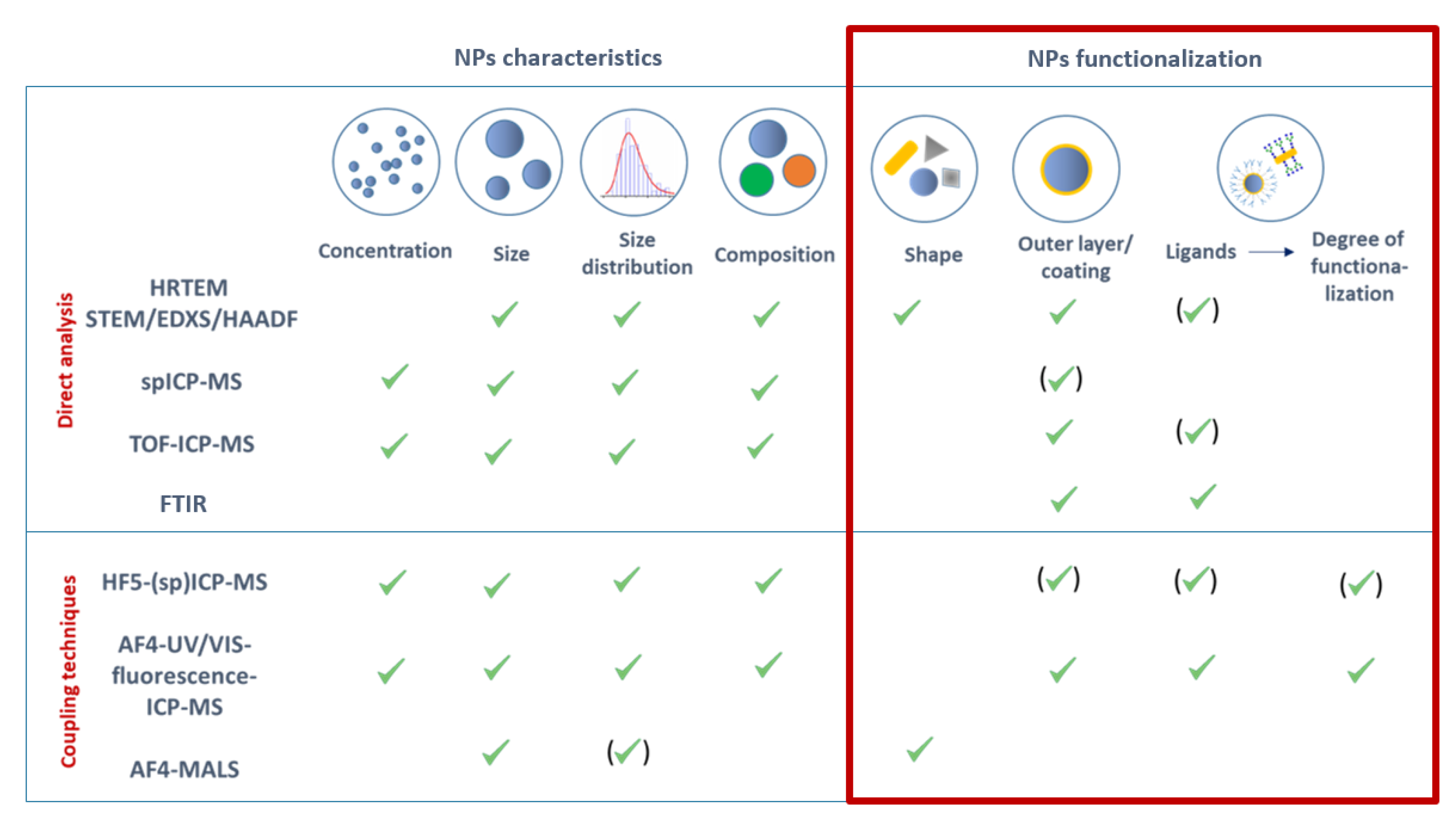
Nanomaterials | Free Full-Text | Improving the Detectability of Microplastics in River Waters by Single Particle Inductively Coupled Plasma Mass Spectrometry

Nanomaterials | Free Full-Text | Characterization of Gold Nanorods Conjugated with Synthetic Glycopolymers Using an Analytical Approach Based on spICP-SFMS and EAF4-MALS

Psí detektiv - VRÁCEN DOMŮ!!! Psí detektiv pátrá po majiteli nalezence v oblasti Ostrava - Vítkovice, Rudná a okolí!!! Pes pobíhal po cestě na Rudné ulici. Následně byl převezen do Městského útulku

Welicoruss - NEW T-SHIRT IN WELICORUSS STORE! The new line of Welicoruss t-shirts dedicated to the european tour 2015 are available in our store! Don`t miss to get your copy now! http://welicoruss.net/tour-t-shirt/eu/
















